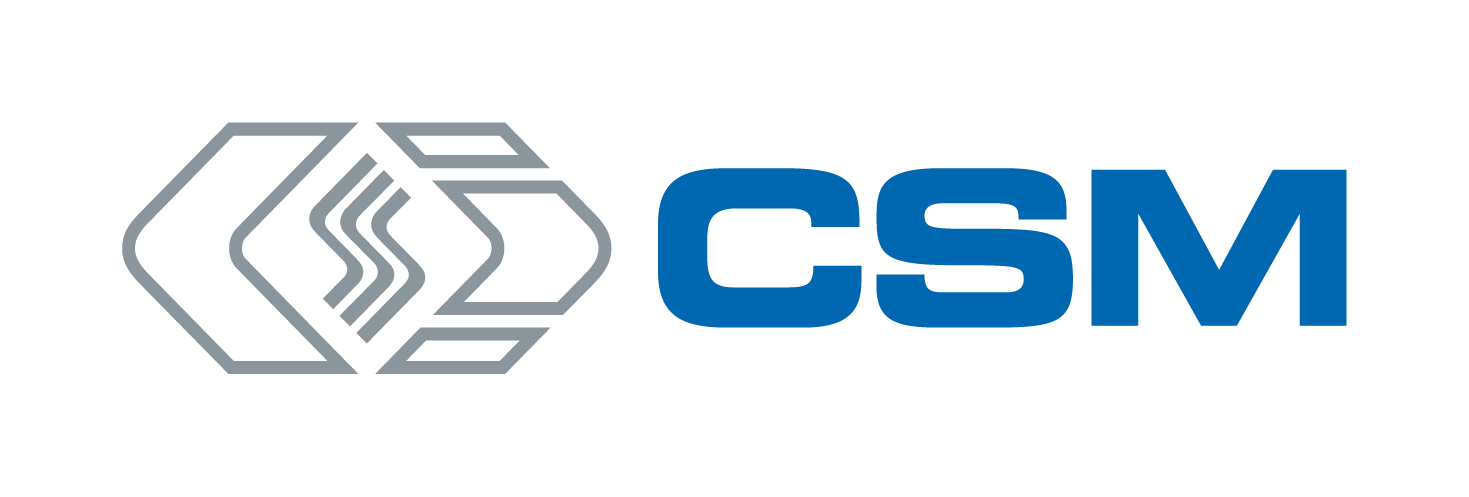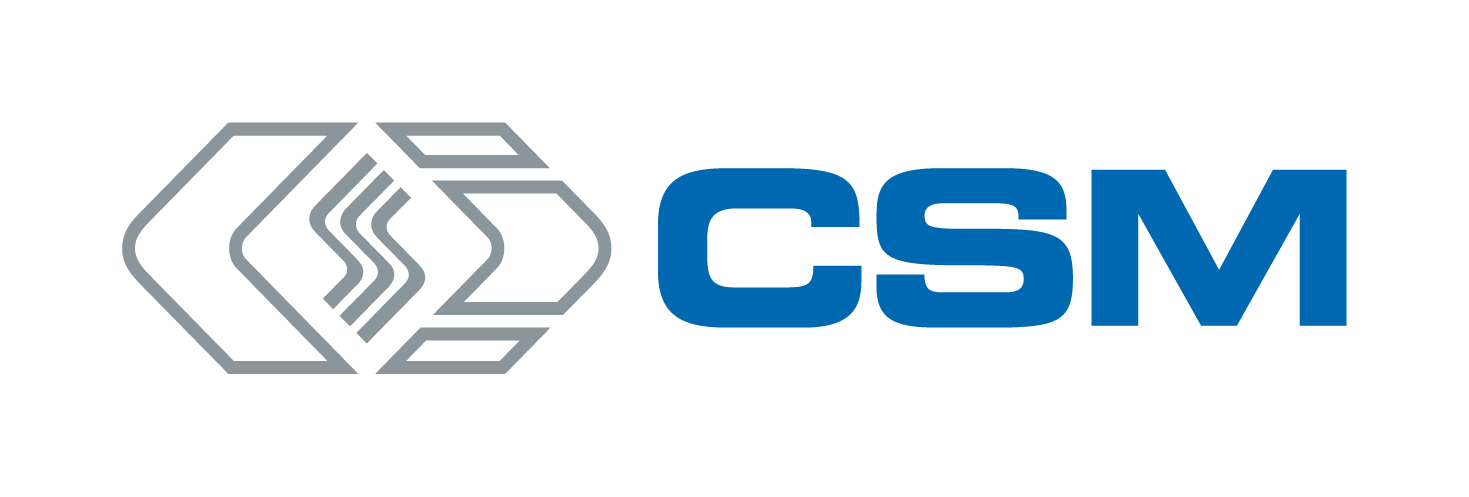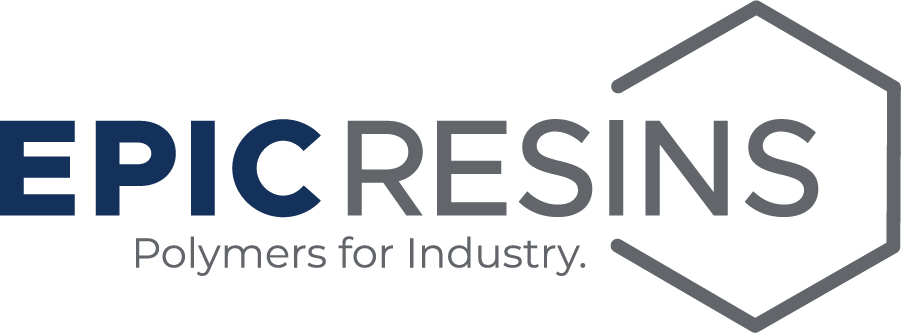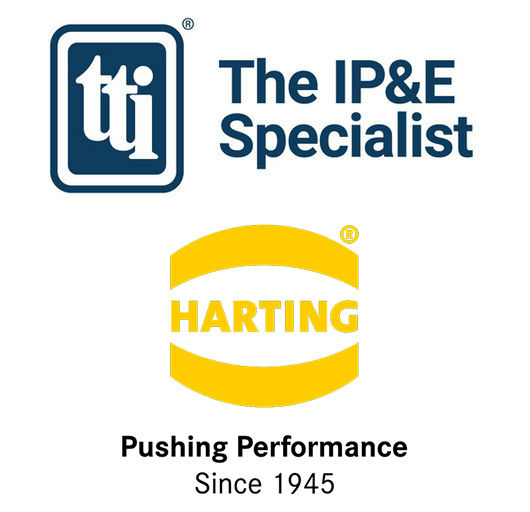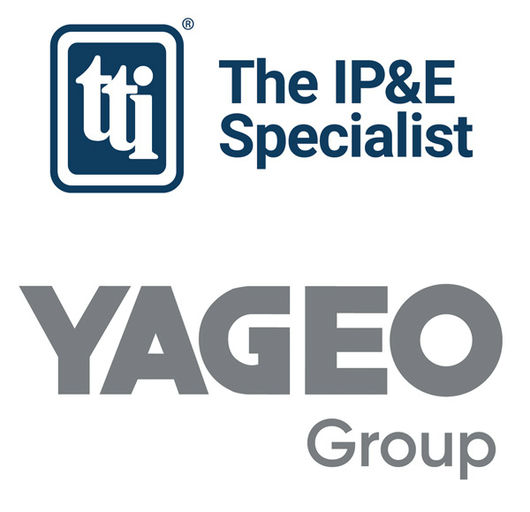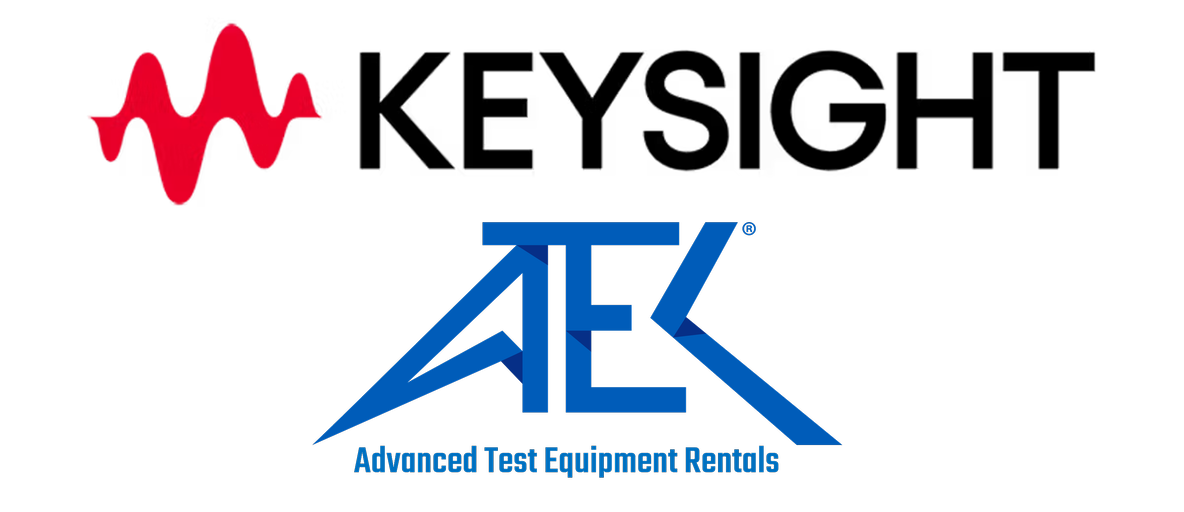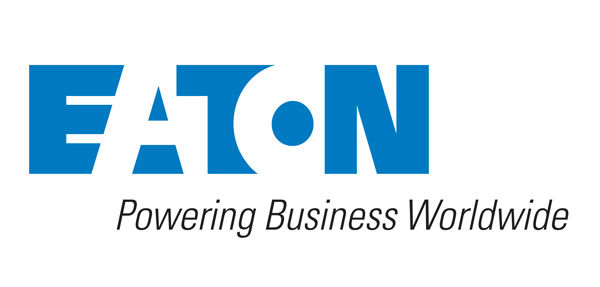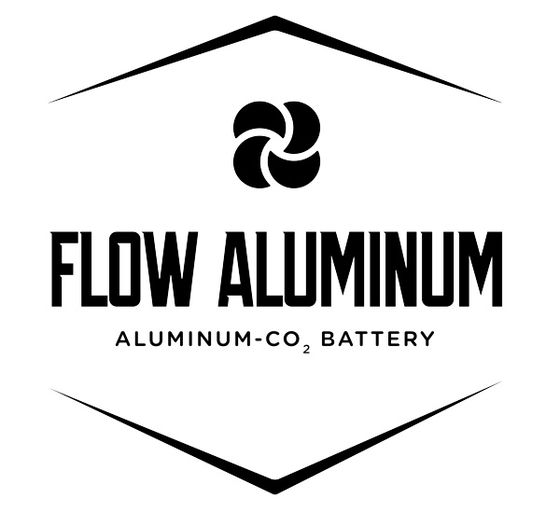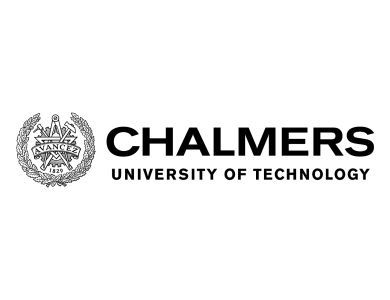Charged recently chatted with Rivian’s VP of Propulsion Richard Farquhar to learn more about the design and development of the company’s unique electric platform (read the whole story in our upcoming issue).
Farquhar spent 15 years as Powertrain Director at McLaren Automotive, designing and developing some of the highest-performance propulsion systems in the world for sports cars, supercars and hypercars – first internal combustion engines, and more recently hybrid and electric systems. For the next chapter of his career, Farquhar “desperately wanted to be at the forefront of electric propulsion systems for electric vehicles, which is undeniably penetrating our industry right now.” So, he joined Rivian as VP of Propulsion and now leads all of the engineering teams for the company’s powertrains, batteries, power electronics and thermal systems.
During our interview, Farquhar described overcoming some interesting engineering challenges, including designing an EV that can be submerged in one meter of water, what it claims is the highest volumetric energy density battery pack in the world, and a symmetrical drive system with four identical motors and drives.

However, when we asked about the limiting factor for various EV specs (acceleration, towing capacity, fast charging, etc.) the dominant challenge always landed on the mitigation of thermal issues.
“To bring the best out of battery electric vehicles, we need excellent thermal control and thermal management, and that’s something we focused on a lot to really maximize performance and efficiency,” Farquhar told Charged.
“EV system design is always about trade-offs and optimization, and thermal management always comes right to the top of the list. In terms of the corner cases of EV performance, whether it be DC fast charging, power deployment at a constant rate, or towing and high torque, it comes down to thermal limits in the electric motors, the inverter and the battery.”
Rivian’s solution is to separate the liquid cooling system into three loops and use “some intelligent valve control” to maximize the cooling potential and achieve the highest performance.
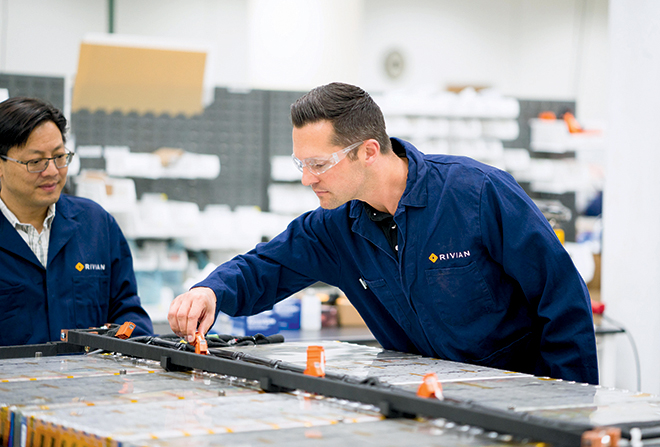
“The battery has a dedicated circuit with heating and a chiller so we can intelligently prepare the battery for the optimum temperature for whatever it needs to do,” explained Farquhar. “If we’re in a very cold environment, we can heat up the battery temperature to maximize its efficiency and therefore the vehicle’s range. The same principles go into the separate circuit for the traction system to keep the motors and inverters at an optimum temperature. The motor and inverter has a water-glycol circuit to cool the stator and the power electronics. Then the third loop is for the passenger cabins and the heating, ventilation and air conditioning circuit. So, for those three separate circuits, we’ve got intelligent valves and control systems to optimize their performance.”
Rivian says its vehicles will also use intelligent control elements through its connected car controls. So, if you’re on the way to a DC fast charger, for example, the vehicle will determine the optimum temperature condition the battery en route.
Farquhar told Charged that Rivian’s first vehicles are currently in the validation, reliability and durability testing phase with “tens” of production-intent vehicles, and the company is set to launch production at the end of next year.













